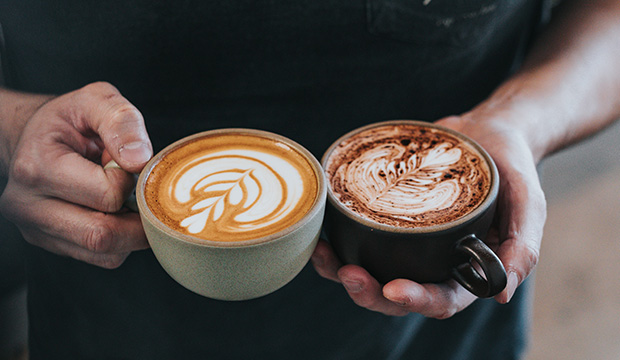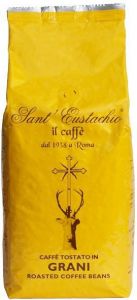
2-4 Workdays Article No. 1582
Aroma(s) : Floral, Fruity
Article No. 1582
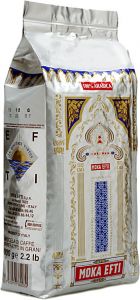
2-4 Workdays Article No. 10102
Aroma(s) : Nutty, Fruity
Article No. 10102
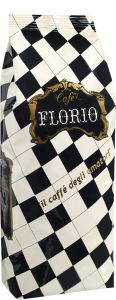
2-4 Workdays Article No. 10925
Aroma(s) : Chocolaty, Floral, Fruity
Article No. 10925
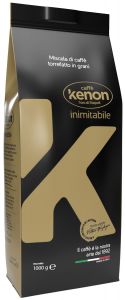
2-4 Workdays Article No. 11003
Aroma(s) : Chocolaty, Malty
Article No. 11003
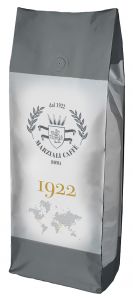
2-4 Workdays Article No. 1241
Aroma(s) : Chocolaty, Fruity
Article No. 1241

2-4 Workdays Article No. 1754
Aroma(s) : Malty, Fruity
Article No. 1754

2-4 Workdays Article No. 10956
Aroma(s) : Chocolaty, Nutty
Article No. 10956
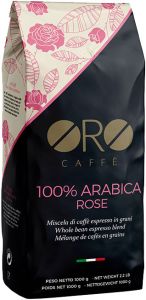
19-22
Workdays
Extended delivery time
Please note that if you purchase this item, you should expect a longer delivery time for your entire order. We cannot ship other items in your order, that are in stock, ahead of time.
Article No. 10317
Aroma(s) : Floral, Fruity
Article No. 10317

6-8
Workdays
Extended delivery time
Please note that if you purchase this item, you should expect a longer delivery time for your entire order. We cannot ship other items in your order, that are in stock, ahead of time.
Article No. 10273
Aroma(s) : Nutty, Fruity
Article No. 10273
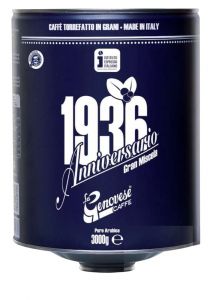
2-4 Workdays Article No. 10969
Aroma(s) : Chocolaty, Floral, Fruity
Article No. 10969

2-4 Workdays Article No. 1733
Aroma(s) : Nutty, Floral
Article No. 1733
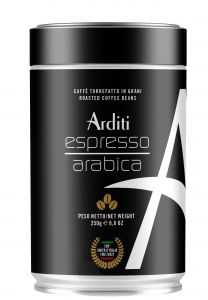
2-4 Workdays Article No. 1168
Aroma(s) : Chocolaty, Floral, Fruity
Article No. 1168
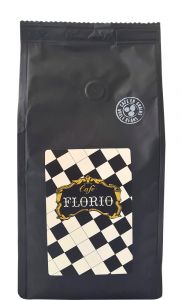
2-4 Workdays Article No. 10926
Aroma(s) : Chocolaty, Floral, Fruity
Article No. 10926

2-4 Workdays Article No. 10874
Aroma(s) : Fruity
Article No. 10874

2-4 Workdays Article No. 10964
Aroma(s) : Chocolaty, Fruity
Article No. 10964

2-4 Workdays Article No. 10298
Aroma(s) : Floral, Fruity
Article No. 10298
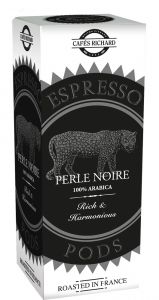
2-4 Workdays Article No. 10930
Aroma(s) : Nutty, Fruity
Article No. 10930
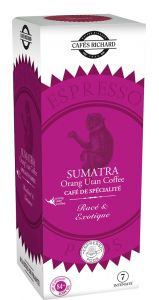
2-4 Workdays Article No. 10931
Aroma(s) : Nutty, Fruity
Article No. 10931

2-4 Workdays Article No. 10245
Aroma(s) : Chocolaty, Floral
Article No. 10245

2-4 Workdays Article No. 10246
Aroma(s) : Chocolaty, Floral
Article No. 10246

2-4 Workdays Article No. 10675
Aroma(s) : Floral, Fruity
Article No. 10675

2-4 Workdays Article No. 10244
Aroma(s) : Chocolaty, Malty
Article No. 10244

2-4 Workdays Article No. 10676
Aroma(s) : Floral, Fruity
Article No. 10676
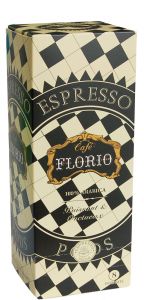
2-4 Workdays Article No. 10929
Aroma(s) : Chocolaty, Floral, Fruity
Article No. 10929
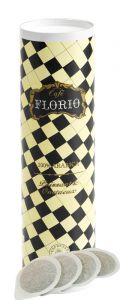
2-4 Workdays Article No. 10928
Aroma(s) : Chocolaty, Floral, Fruity
Article No. 10928
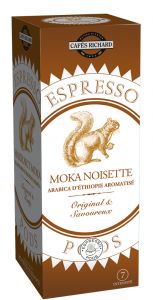
2-4 Workdays Article No. 10934
Aroma(s) : Nutty
Article No. 10934

2-4 Workdays Article No. 10165
Aroma(s) : Chocolaty, Floral, Fruity
Article No. 10165
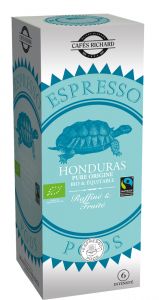
2-4 Workdays Article No. 10932
Aroma(s) : Floral, Fruity
Article No. 10932
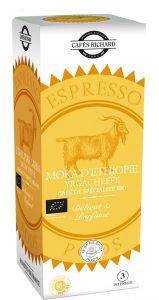
2-4 Workdays Article No. 10933
Aroma(s) : Floral
Article No. 10933
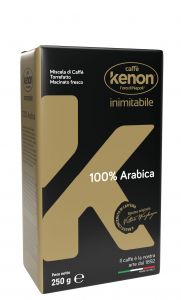
2-4 Workdays Article No. 11105
Aroma(s) : Chocolaty, Caramel
Article No. 11105

2-4 Workdays Article No. 10553
Aroma(s) : Chocolaty, Brown sugar, Nutty, Fruity
Article No. 10553

2-4 Workdays Article No. 1917
Aroma(s) : Chocolaty, Floral
Article No. 1917

2-4 Workdays Article No. 11126
Aroma(s) : Nutty, Floral
Article No. 11126

2-4 Workdays Article No. 1307
Aroma(s) : Nutty, Fruity
Article No. 1307

2-4 Workdays Article No. 11025
Aroma(s) : Chocolaty, Nutty, Fruity
Article No. 11025
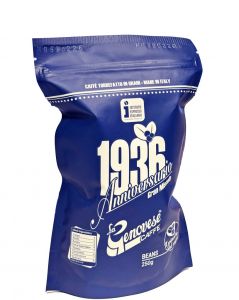
2-4 Workdays Article No. 11042
Aroma(s) : Chocolaty, Floral, Fruity
Article No. 11042

How do Arabica beans taste?
The Arabica bean has a wider taste spectrum than the Robusta bean. The fresh air environment of the Arabica highland coffee is reflected in the aroma. It convinces with a clear, rounded and slightly sweet taste. Fruity to lemony notes are typical and quite deliberate. A strong but finely nuanced fragrance is characteristic.
The dense brown-red crema makes it a classic espresso bean in Western culture. The slightly milder note, combined with a relatively low chlorogenic acid content and low caffeine content, makes the Arabica bean an agreeable coffee that is gentle even on sensitive stomachs. However, since the tastes of coffee differ greatly and there are many good growing areas and varieties, it is worth trying different Arabica and Robusta blends as well as the numerous cuvets. This is the only way to find your personal favorite for espresso, filter coffee or the capsule machine.
Not all that glitters is gold
In spite of the often considered noble properties of the well-known bean, the frequently used label "100% Arabica" is not always a guarantee for superior quality. In fact, only about 5 percent of the total harvest is found to be of high quality, and as with wines, there are bad products with good names and vice versa. One should not be impressed by misleading names like "Brazil Santos" (only the name of the gigantic coffee harbor Santos in Brazil). And although Arabica is often placed before Robusta, there are both excellent Robusta varieties and Muckefuck from Arabica.
If you are looking for a good Arabica mixture, you should not only pay attention to the origin, name and mixing ratio but also to the quality and above all the taste of the bean. Espresso International offers the largest selection of espresso varieties which are composed of 100% Arabica beans. So you don't get further by studying - but by trying! Read more about Cafe Arabica.
The best coffee is Arabica coffee?
The common opinion of coffee connoisseurs: Arabica, the sweetest and most fragrant quality of dark drink, firmly holds its first place on the coffee podium. Among the more than 100 existing Coffea varieties, Arabica presents that mix of flavors, aroma and delicacy that make it the most appreciated and cultivated quality. 70% of the coffee produced worldwide, almost three quarters of the entire production, comes from the ripe drupes of the Arabica plants.
But why is Arabica so popular and why is it preferred over its sister Robusta? Arabica coffee is the most versatile among coffees, thanks to its aromas and properties. To understand it you have to discover its taste, origins and delicacy. This variety gives the possibility to cultivate both simple qualities, easily traceable on supermarket shelves, and sophisticated and spicy qualities, which offer sensorial experiences completely out of the ordinary at much higher prices.
What do Arabica coffee beans look like?
At altitudes between 800 and 2100 meters, the Arabica plant feels more comfortable between 17 °C and 25 °C and is therefore also called mountain or high mountain coffee. The coffee plants, which grow wild up to six meters high, produce elongated beans, which, once roasted, turn a bright brown color with a narrow S-shaped central slit.
The origins of the myth: the term "Arabica".
Coffee has an ancient, uncertain and mysterious history; the name "coffee" itself is of modern origin. For this reason, to trace back in time the first steps of this drink is not easy: nobody called it coffee!
This ambiguity of sources is also found in the name "Arabica", chosen by the Arab populations, who held the monopoly of all coffee production. The most correct name would have been, however, "Coffea Etiopica" since the origins of the plant can be found in Africa and not in the Middle East.
Rather, ships loaded with precious beans left from Arabia and then arrived in Europe. The most famous port was that of the Yemeni port city al-Mukha, also known as "Mocha", from which the beloved coffee pot takes its name.
When the Arab monopoly on coffee collapsed, its cultivation started to spread to other regions of the world: South and Central America, Caribbean Islands, South Asia.
Here it became important to cultivate less delicate plants, able to withstand less ideal climates.
These characteristics were fully found in Robusta plants, stronger and more resistant than the sensitive Arabica.
The primacy of Arabica, however, still remains unbeaten today. The secret? Its delicate, spicy and fragrant taste.
Arabica: A choice of taste
The quality of Arabica coffee is famous for its balanced and colorful taste.
Its taste moves away from the bitterness of the coffee that everyone knows (which belongs more to Robusta) to offer a more cheerful and refined bouquet of flavors.
Arabica is almost sweet on the palate.
The aroma released is due to the organoleptic and climatic properties of the soil on which the plant is grown. For this reason, there are as many varieties of Arabica as there are areas of origin. The fresh environment in which Arabica coffee from the highlands lives, for example, is reflected in its aroma.
The taste is very diversified, but maintains some important characteristics that unite even different varieties.
It convinces with a clean, round and slightly sweet taste. The fruity and citrus notes are typical and quite sought after, low astringency, low hints of chocolate. The strong, but finely scented aroma is characteristic of Arabica coffee. The dense reddish-brown cream makes it the classic espresso bean of Western culture. Its delicate note combines with a relatively low chlorogenic acid content and a low caffeine content.
Accomplice of this particular taste formulation is also the roasting.
Perfect roasting
- The Arabica bean is quite delicate by nature.
- To obtain a perfect blend, particular attention must be paid to roasting times and methods.
- As delicate as they are, these beans lend themselves above all to light or medium roasts, which preserve the properties and taste of the drink intact.
- This is why the grains always have a burnished complexion and never a hint of burning.
The taste of a pure Arabica
The final taste of a blend of pure Arabica is an experiment of fantasy, a touch of color.
Clear and soft, fragrant and detailed in taste: the experience of a 100% Arabica is clearly different from that of an Arabica-Robusta blend. It may take a few cups before you get used to these new notes of flavor, but afterwards it will be really hard to go back.
Worthy of note is definitely our Sant'Eustachio Il Caffè: 100% Arabica with exceptional taste!
With its low caffeine content, Arabica is also perfect for those who want a light coffee that does not hinder a good rest: in fact, it contains 2 to 3 times less caffeine than Robusta.
For the more curious, on the other hand, Arabica blends offer a choice of different qualities in terms of origin and sophisticated characteristics.
A coffee to enjoy and try in every form. Suitable for everyone and really tasty.
Attention: it's not all gold that glitters!
It is important to specify that despite the bean's often considered noble properties, the frequently used label "100% Arabica" is not always a guarantee of superior quality.
In fact, only about 5% of the total harvest is considered high quality and, as for wines, there are bad products with good names and vice versa. Don't be impressed by misleading names like "Brazil Santos" (which is just the name of the giant coffee port in Santos, Brazil).
Although Arabica coffee is often put in front of Robusta coffee, there are both excellent varieties of Robusta as well as lesser-quality Arabica varieties. So if you are looking for a good Arabica blend, you don't have to look only at the name and composition, but also at the origin, quality and especially the characteristics of the bean.
You don't have to study further - but taste!

